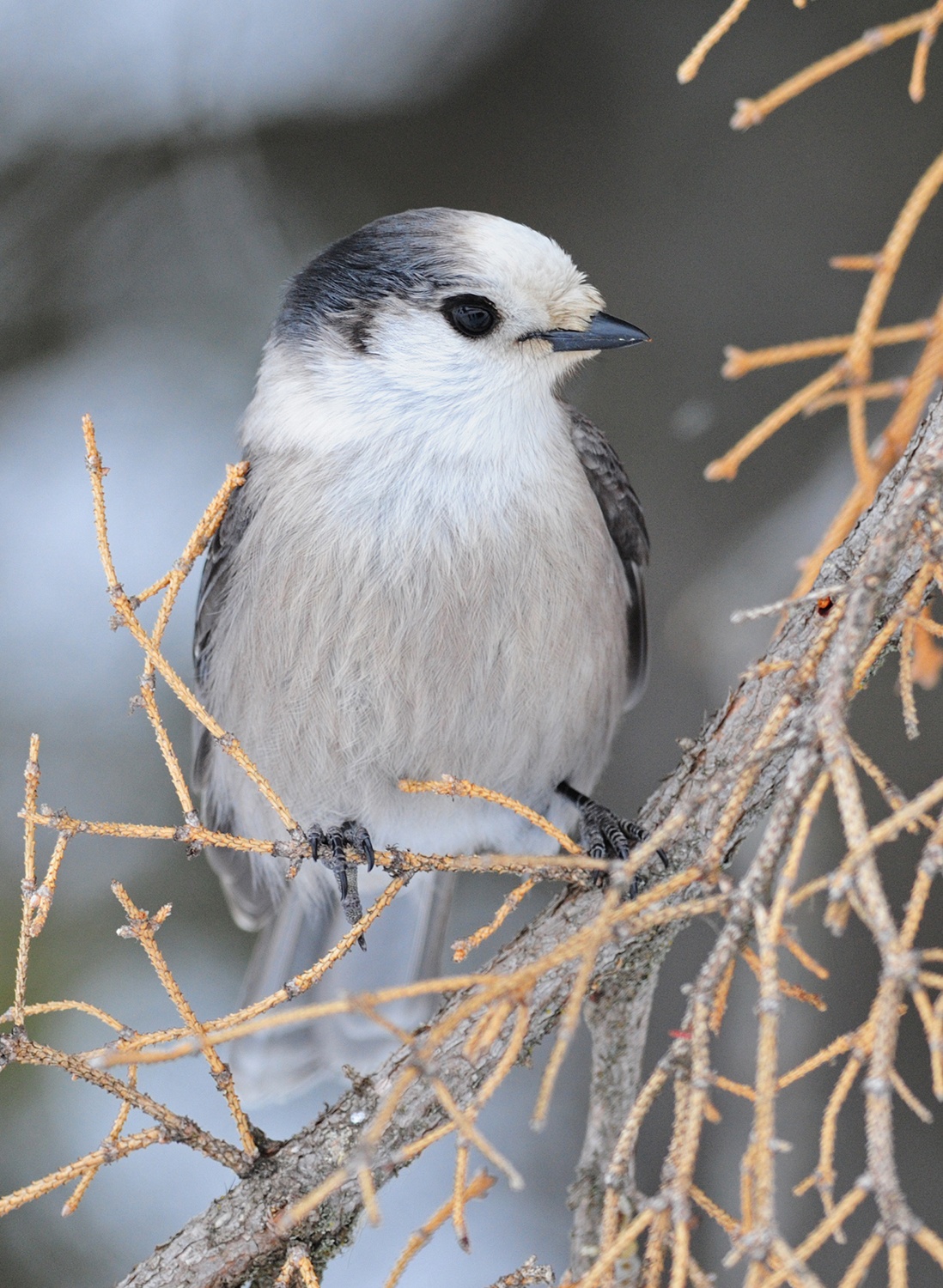Bird enthusiasts around the country are eagerly eyeing an Ellis Bird Farm live webfeed, due to to the rarity of the birds in question.
Gray Jays are an elusive species that have fascinated naturalists for years.
For what could be the first time, enthusiasts can catch the spawns and nesting habits of these precious birds – recently nominated as Canada’s national bird – live through a streaming webcam.
Myrna Pearman, an author and biologist at Ellis Bird Farm, has said this is an amazing occasion that is bringing national eyes to the stream.
“This is the first time in history that the nesting activities of these birds can be fully documented,” Pearman said, brimming with excitement.
“To make it even more exciting, in honour of them being nominated for Canada’s national bird and it being our 150th year of celebration, we have named them after the royal couple – they are Elizabeth and Philip Gray Jay.”
She said perhaps the most exciting part of this discovery is the fact that the world’s most renowned authority on Gray Jays, Dan Strickland, has contacted her with praise of the amazing research opportunities this webcam has presented.
“These birds are so difficult to study and having this stream full-time on the nest will provide a tremendous amount of information on their nesting period. We’re working with (Strickland) to set up our facility to record and stream, which is difficult, but we’re going to make it work. We’re going to have it stream from now until the young fledglings,” Pearman said.
“This is just such great news. Strickland has been very, very helpful and has offered his way in anything he can do to help us.”
Gray Jays are notoriously hard to document for a number of reasons, the first being that they tend to be quite secretive.
Secondly, they are Boreal Forest birds, meaning they are often hidden deep in thrush and trees. Third, they tend to nest quite high up in the trees.
Pearman was notified by a couple who live near Caroline that they may have discovered a Gray Jay nest on their land. When she travelled out to the couple’s home, she realized that there was indeed a nest, only two metres off the ground – a rare sight, and an extraordinary opportunity to research the birds.
Pearman returned to Ellis Bird Farm to assemble a team, including their tech-specialist who has designed a number of cameras for live-streaming uses.
“On the 18th of March, we took a team from the Bird Farm and went to the nest. We wanted to be careful about not disturbing the birds, but we knew they were almost finished building the nest. We know that once a pair of birds has almost completed nest building, they are usually committed to it, and not likely to abandon,” she explained.
The team rigged a camera and Internet connection to the tree where the Jays had nested, and to the the team’s delight, the birds seemed indifferent to the cameras.
From there, history began as viewers around the world were able to watch the nesting and egg-incubation habits of these elusive birds.
Pearman said there is great excitement and anticipation of the possibilities of studying these birds.
Currently, the birds are incubating their newly-laid eggs, which viewers will be able to follow through their young lives.
“The eggs incubate for about 18 or 19 days, and from the day they’ve been laid, it’s exciting to say we should have Easter bunnies and Easter jays,” Pearman said.
The event is historic among naturalists, as it is a never-before-seen insight into the habits of the Gray Jays.
“I think the webcams have provided a window into the world of nature that was never available before. It gives us – researchers, naturalists and the public at large – this unbelievable opportunity to watch nature transpire in front of us in a non-invasive way,” Pearman remarked.
The live stream is available on the Ellis Bird Farm web site.



